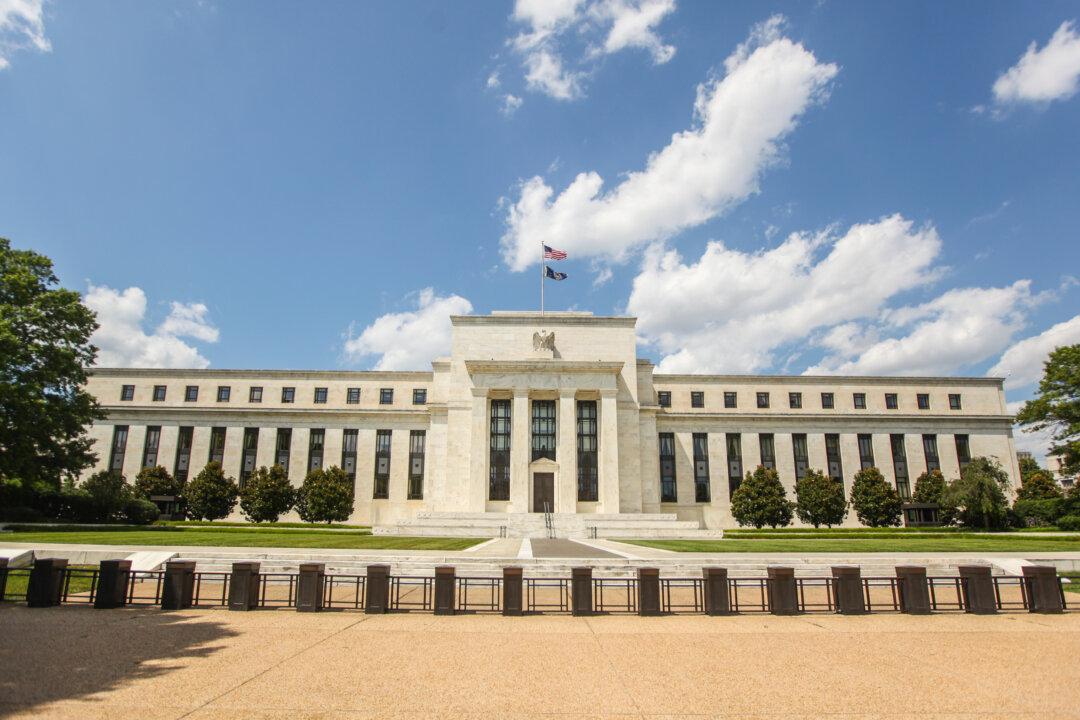To most people, SDR sounds like the name of an odd disease. And yet, it could be the world’s next reserve currency, at least if China and the International Monetary Fund (IMF) get their way.
The so-called Special Drawing Rights (SDR) are an IMF construct of actual currencies, right now the euro, yen, dollar, and pound. It made news last year when the Chinese renminbi was also admitted, although the currency won’t formally be part of the basket until Oct. 1.
IMF members have it and can trade it with each other for actual currencies, which indebted nations like Greece and Sudan frequently do. The average Joe or the average company on the street can’t hold the instrument right now, let alone spend it.
But that’s precisely what the global monetary elite wants in the not too distant future, and it will use China as a guinea pig. Ahead of the meeting of G20 central bankers and finance ministers in Chengdu, China, from July 23 to 24, some academics started pushing the idea of extending the use of the SDR (currently worth $1.39).
“Establishing the SDR as the leading global reserve currency would have far-reaching benefits,” wrote Jose Antonio Ocampo, a professor at Columbia University, in a post on Project Syndicate on July 8.
“Beyond the push to use SDRs more actively in IMF programs, governments could issue SDR-denominated bonds. Moreover, private banks could increase their use of this monetary unit, just as some European banks used the so-called European Currency Unit, helping to pave the way for the euro.”
IMF Is at It as Well
On cue, the IMF itself published a paper on “whether a broader role for the SDR could contribute to [the international monetary system’s] smooth functioning,” and even released a video on July 8 to explain the convoluted nature of the instrument (see above).





